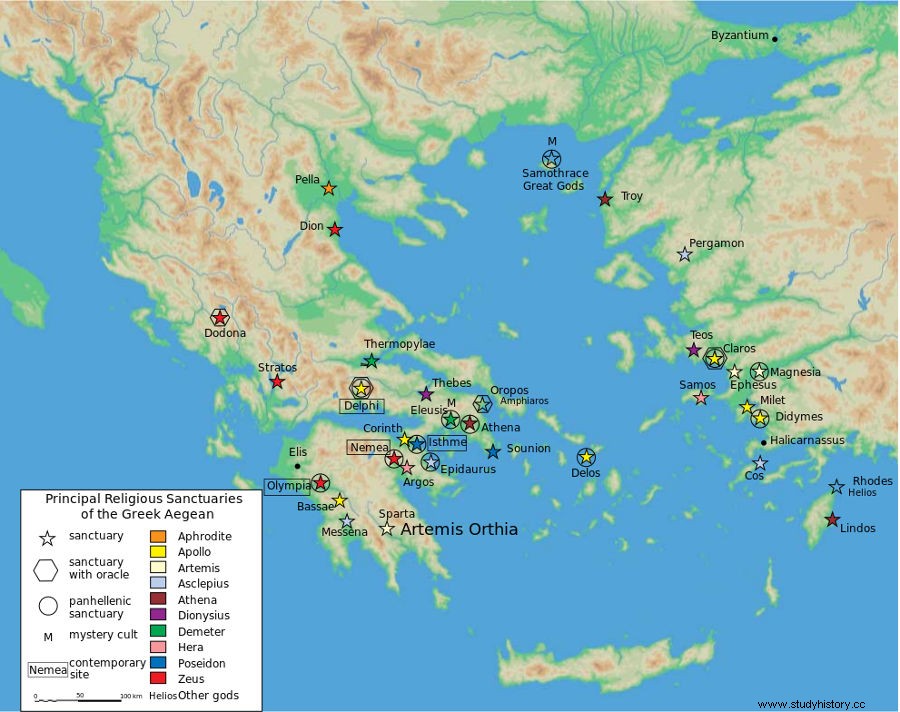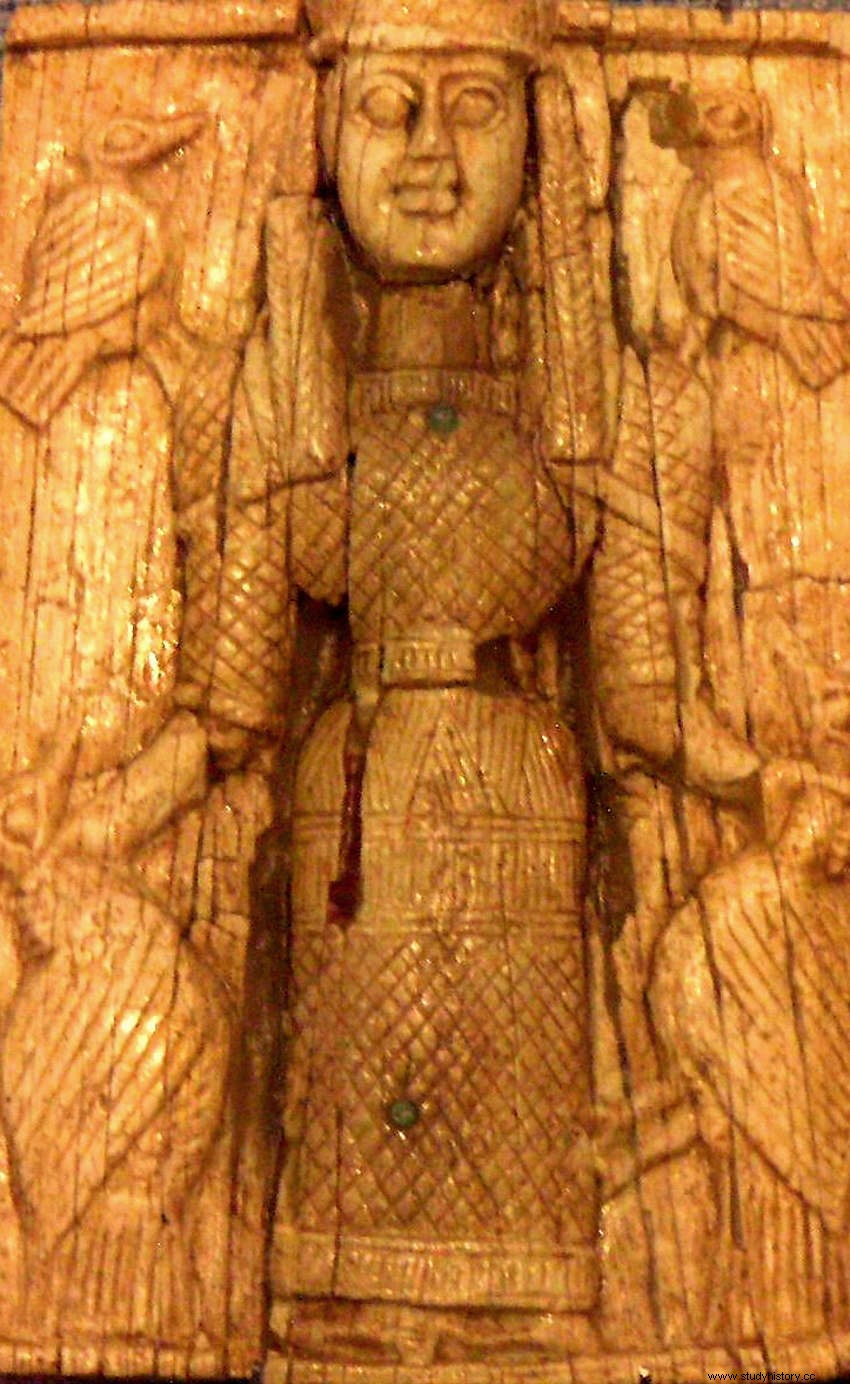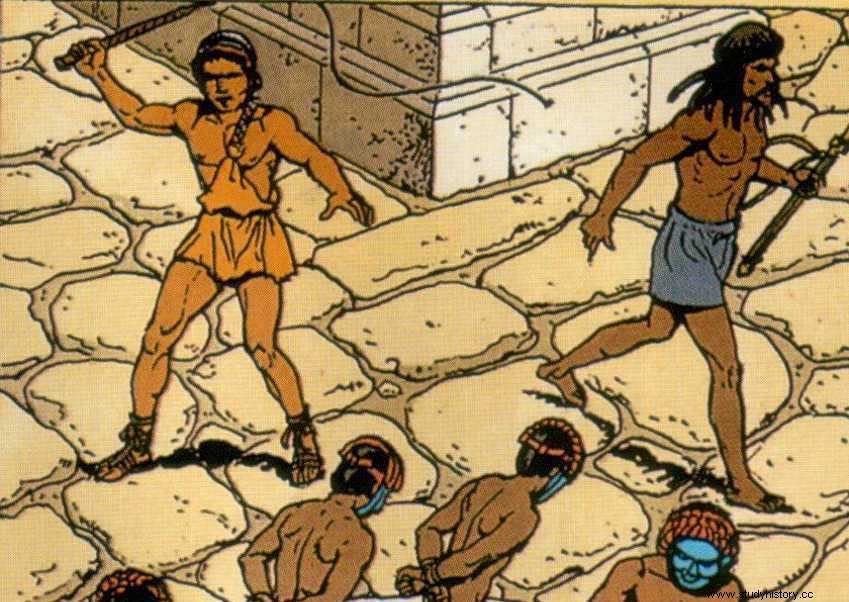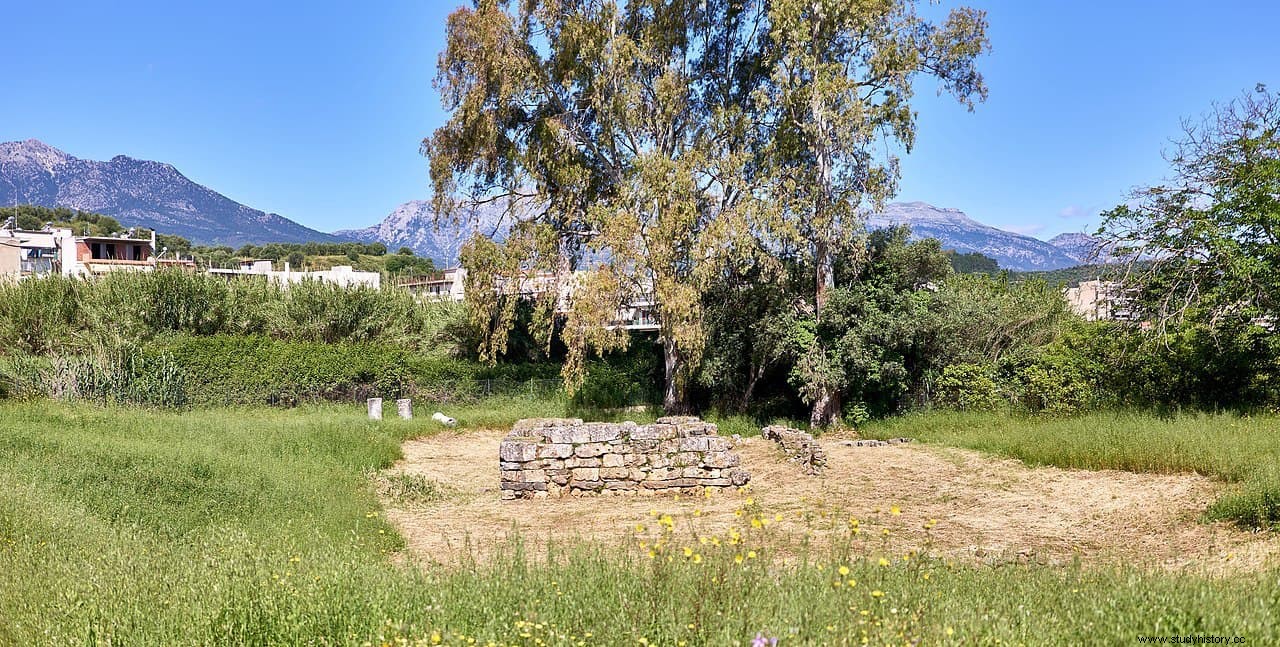In Ancient Greece, Sparta it was a rare bird , not only in the eyes of a current observer but even for his own contemporaries.
Its peculiar socio-political organization, which in a certain way extended to the economy and religion, gave rise to a series of customs and traditions , like the agogé (separate and community education of young people), eugenics (abandonment of defective newborns in the Apótetas), having a dual monarchy or the practice of krypteía (extermination of helots, annual and legal). Another, less well known but equally unique, was the diamastigosis .
In fact, diamastigosis it was even more peculiar, given that its brutal development was not carried out on serfs or second class people but on those who would one day integrate the homoioi , that is to say the Spartiates (full-right citizens over thirty years of age who made up the politeuma or civic body of the city), during his youth.

And the peculiar thing is not free because to see how we would classify a fight of ephebes for reaching for a stack of cheese and grabbing one while a group of adult defenders try to prevent it with whips, according to descriptions by authors such as Plato or Xenophon.
This unusual ritual was not a game but was part of the religious cult of Artemisa Ortia , one of the oldest in Sparta, as evidenced by the fact that it was common in the four original population centers (Limnai, Pitana, Kynosoura and Mesoa).

The sanctuary of Artemis Ortia was located on the banks of the Eurotas River in Limnai , south of the Peloponnese, where the archaeological record documents its existence at least since the 9th century BC At first it was a simple fear us (sacred enclosure) with an elementary altar but the progressive expansion of Spartan power, with the consequent economic improvements, allowed it to be equipped with a stone platform and even a temple and other architectural structures.
If the environment was changing, so did the cult itself and what was initially the adoration of a deity without form known as Ortia, surely associated with some natural manifestation (in fact it is also called Aotis, the dawn), became assimilated with the goddess Artemis , also considered one of the originals of the Olympian Greek pantheon (hunting, virginity, childbirth, concepts over which she dominated, are clearly primitive).
The fusion of Ortia and Artemis resulted in a xoanon , a wooden statue , of which small versions are preserved in the form of votive offerings and show a stylistically archaic morphology.
The xoanon of Artemis Ortia was thirsty for blood and required continuous human sacrifices in which the victims were chosen by lottery, one more example of its primary character. Something that survived until the famous Licurgus , who was the one who restructured Spartan society following the instructions of the Oracle of Delphi between the 9th and 7th centuries BC, replaced those holocausts with the practice of diamastigosis .
Since the ceremony also included flagellation, music and dance of the young people at the end, the legislator took advantage of these elements, highlighting them to the detriment of death . The blood continued to flow but at least the participants did not die, except when someone was merciless with the whip and was executed as punishment.

However, the format of the diamastigosis It wasn't always the same. It is believed that at first it consisted only of a test of resistance to whipping for the aspiring Spartans, who had to endure the harsh punishment on the altar of Artemis as an initiation rite to adulthood without falling into the condition of tresante (literally trembling, cowardly, becoming despised by all).
Some authors deduce this from the finding of masks in the sanctuary, the most likely explanation of which would be that they were used by the participants so as not to be favored or disadvantaged in the whipping. Because that certain character of spectacle with the cheeses would not have been incorporated until after the second century BC, when Greece came under the Roman orbit .

Moreover, it was the Romans who built a kind of tiered theater so that he could publicly attend what was previously a merely socio-religious act. As described by Plutarch, several cheeses were piled on the altar and the young people had to try to catch one with the opposition of a group of adults who, with the blow of a whip, tried to keep them at a distance.
Pausanias recounts that the priestess who presided over the ritual made sure that the whippers were not inhibited from striking. This meant that occasionally one of the ephebes died, as Cicero explains in his work Tusculanas. Diamastigosis thus reached heights of brutality much to Roman taste, many of whose citizens traveled to Greece to see it as late as the 4th century AD
